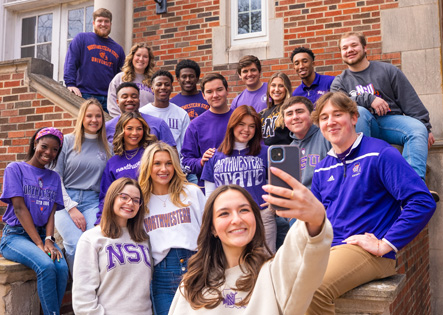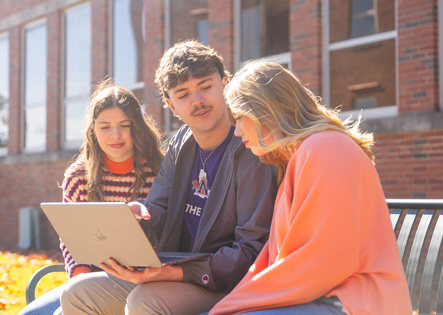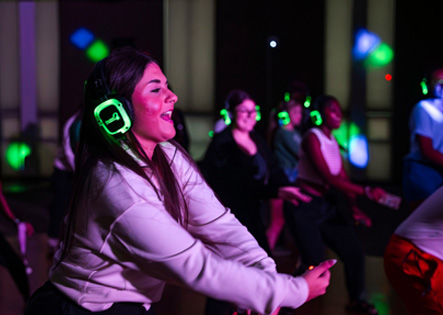The Office of Electronic Learning & Global Engagement strives to produce high quality professional development to meet the needs of our faculty and staff. On this page, we present a variety of resources available to you on demand. Our monthly newsletter, the Tech Toolbox, covers a variety of tools that may be utilized in electronic or face-to-face classes. The schedule for professional development workshops is released monthly via Messenger and can be viewed at any time here. If you have suggestions for resources that you would like to see on this page or for future workshops, please fill out our Feedback Form.




